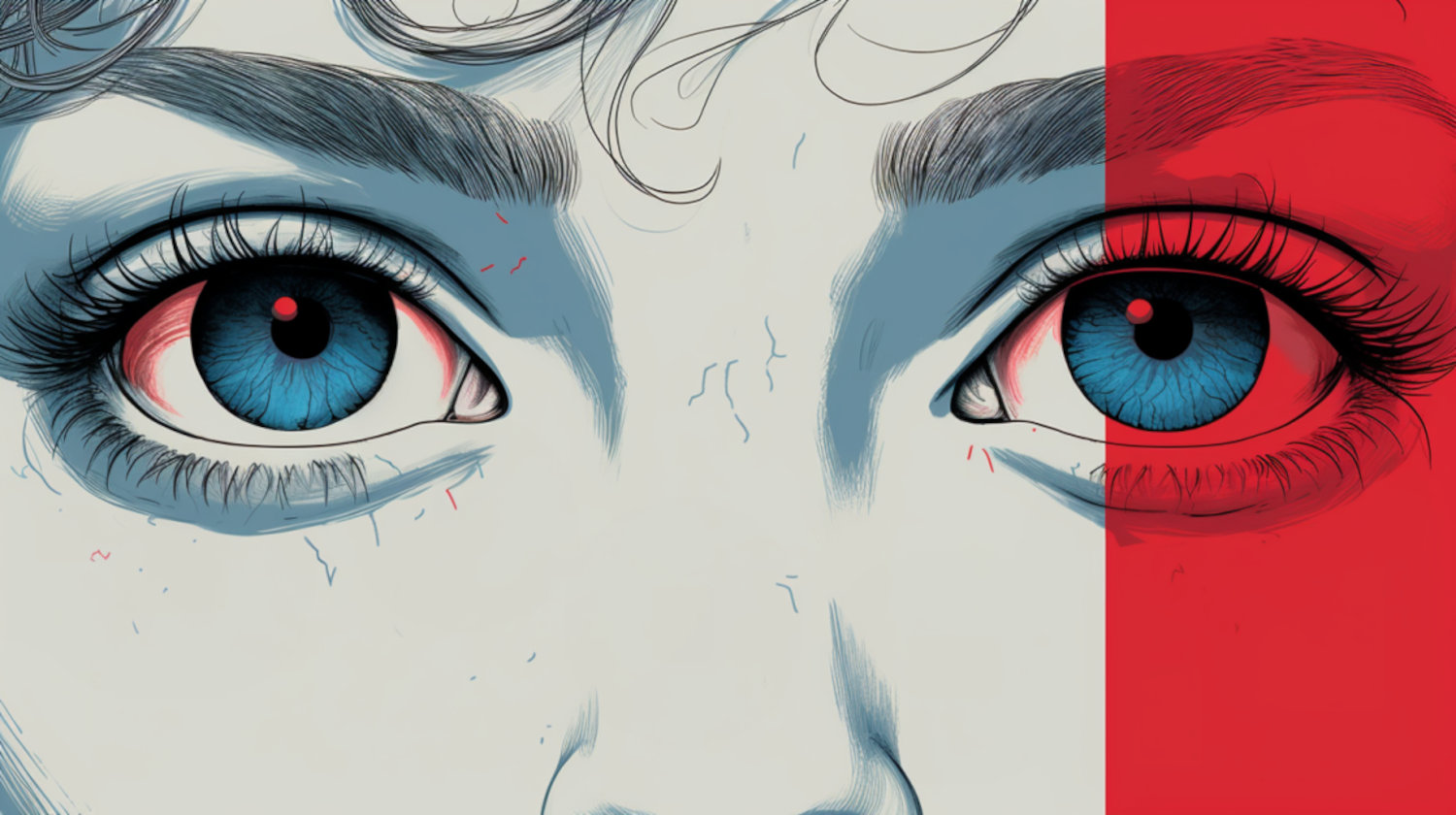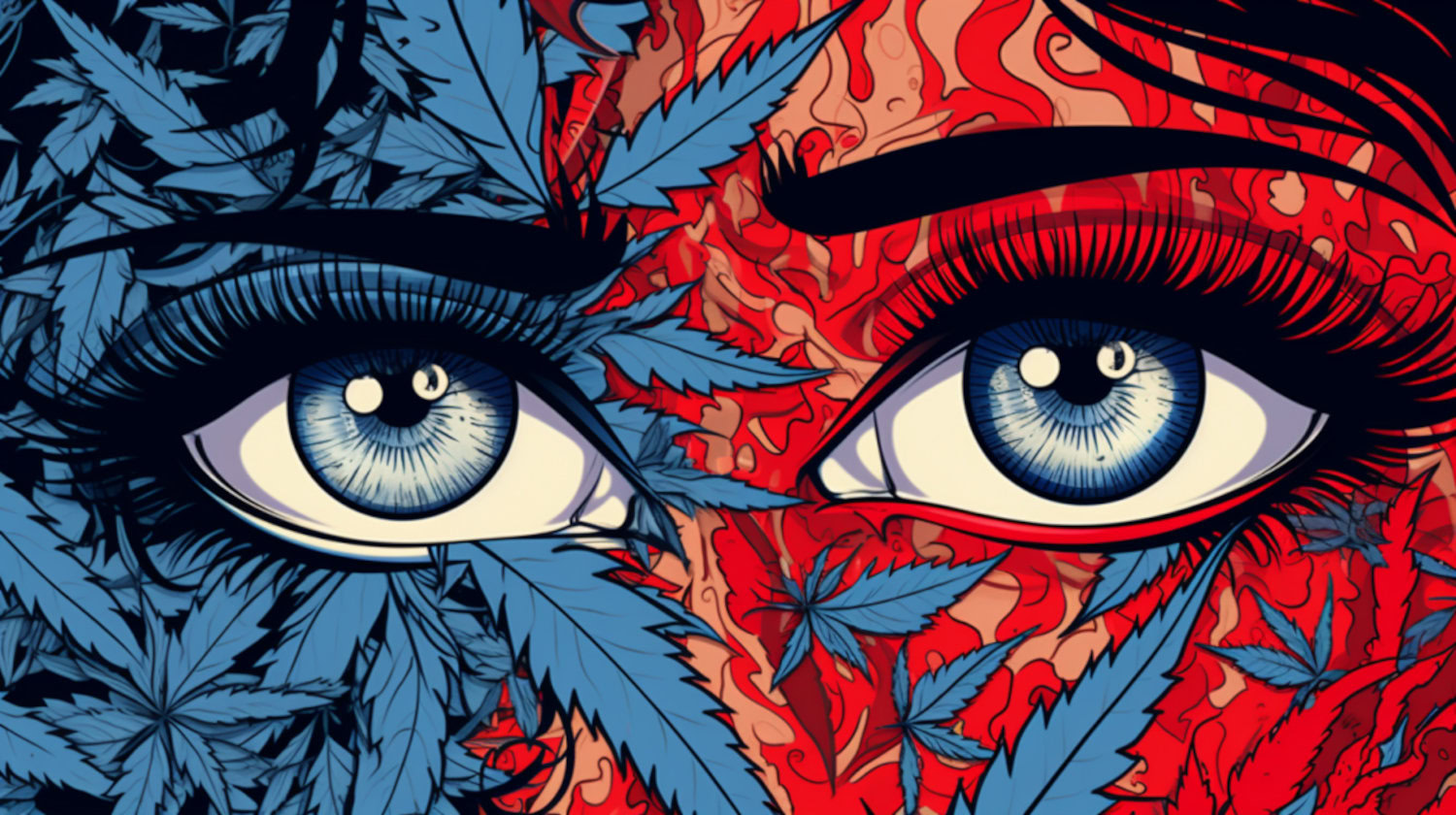Edibles are one of the most popular categories of weed consumables today. Smoking flower continues to reign supreme, but edibles – consisting of food and drink options – are asserting themselves nationwide. So much so that some analysts predict that edibles will one day be the most popular option among buyers. It remains to be seen if that ever happens. Still, the data shows that edibles are gaining ground, with national market shares jumping from 10.7% in November 2021 to 12.1% in September 2022.
The surge of popularity surrounding cannabis edibles has brought forth many questions. Many are asking about effects, onset time, and other standard queries newcomers should have about cannabis or any other product they're about to consume. One of the commonly asked questions is, "Do edibles make your eyes red like smoking or vaping?"
The question is quite valid considering the well-known side effects and their occurrence among cannabis smokers. This type of red eye is caused by irritated and dilated blood vessels in the eyes, leading many to wonder if edibles will produce a similar effect. While edibles are not often associated with red eyes like smoking is, the issue is still worth exploring. You may even be surprised by the answer.
What are Edibles?
Edibles are the most expansive umbrella for cannabis consumption products around. While it's true there are thousands, if not more, cultivars to choose from, the variety among cannabis flower stops at the unique profiles possessed by each option. With edibles, the possibilities grow much more significant, especially as legalization has opened the doors for innovative tech and more food producers to expand edible options to just about any food, drink, or ingredient imaginable.
The days of edibles being relegated to butter, cookies, brownies, and a few select options are long passed. Essentially, if you can make the food or drink, it can almost certainly be infused through some method.
The rapid and vast expansion of edibles has ushered in an era of countless cannabis brands getting in on the action. So, too, are at-home chefs and edible enthusiasts who have picked up the mantle and run with the idea of creating more intriguing and delicious options. At the same time, certain states are now allowing infused lounges and cafes. In states like California, Nevada, New York, and more, laws are in place that are slowly allowing the emergence of edibles to be consumed in a setting that mirrors a standard restaurant or club.
Ask any cannabis consumer, and they'll tell you that edibles hit differently than most methods, including smoking. Key contrasts with edibles include how cannabis is processed in the body, onset time, and effects. Unlike smoking, vaping, or sublingual tincture consumption, edibles often take a while to kick in, usually around 30 to 120 minutes. While some edibles have cut into this onset time, most products will take the stated time frame to kick in.
This prolonged outcome is due to the way the body processes edibles and how it differs from other consumption methods. Instead of being ingested into the lungs and the bloodstream, edibles must travel through the digestive system. Before taking effect in the bloodstream, the cannabis must travel through the stomach and intestines. When cannabis reaches the liver, the results start to become pronounced. At this stage, the cannabis compounds are changed into enzymes, prompting the cannabis to take a more substantial effect. This effect is often why many caution edible consumers, noting that the impact can be more potent and usually lasts six to eight hours compared to the one to four hours in most smoking and vaping cases.1
Why Do Cannabis Products Cause Red Eyes? Unveiling the Science Behind "Weed Eyes"

More often than not, the question of why cannabis affects the body can be answered by highlighting the effects plant compounds have on the body's receptors. Cannabinoids such as THC and CBD bind to receptors in the body, most notably the CB1 receptors. The interaction between the cannabinoid THC and CB1 receptors often leads to a response where blood vessels dilate or widen. When this happens, additional blood can flow through the vessels. This effect is called vasodilation. This expansion of the blood vessels often leads to the telltale red eyes associated with cannabis use.
As research has revealed, cannabinoids can induce vasodilation throughout the body, with the eyes being a much more noticeable area. When someone's eyes experience vasodilation, the common redness or bloodshot look seen in many cannabis smokers becomes evident.2 Smokers are often linked to this effect, not just because of vasodilation but also because of the potential irritation brought on by smoking. The smoke itself is linked to causing irritated and red eyes, with the effect occurring often in confined spaces.
Can You Get Red Eyes from Weed Edibles?
Yes, you can get red eyes from consuming weed edibles just like you would with smoking or vaping. As such, consumers do run the same risk of experiencing vasodilation in the eyes. That said, smoking could lead to a higher risk of red eye, as smoking is an irritant on its own.
Additional research is required to confirm these findings, but edible consumers should be aware of the risks.
How to Prevent Red Eyes From Weed

Those looking to continue consuming cannabis while hoping to minimize their red eye risk should consider a lower dose when consuming. You can achieve this outcome in one of two ways:
- Low Potency Flower: High THC potency in the 30% range is all the rage as legal brands search for a way to make themselves seem like the best around. But THC potency is not the most significant indicator of plant quality. And additional THC levels can run the risk of agitating the CB1 receptors more. As such, you may want to consider looking for a flower with THC potency – ideally with a THC content below 20%. This won't ensure you avoid red eye, as the whole plant profile needs to be considered (CBD is also a vasodilator), but going with a lower THC potency can reduce your red eye risk.3
- Consume Less: Consider a smaller dose if you don't want to or can't find a lower-potency flower. Rather than taking a massive dab or smoking a whole joint, consider taking one to two hits and then wait several minutes, if not longer, to see how you feel. Even experienced consumers can minimize red-eye risk by adhering to these parameters.
- Bring Eye Drops: If all else fails, have a bottle of eye drops nearby. This method has been used for decades by cannabis consumers of all kinds. When the itching or irritation starts up, apply one or two drops to each eye and notice the relief.
References
- Barrus DG, Capogrossi KL, Cates SC, et al. Tasty THC: Promises and Challenges of Cannabis Edibles. Methods Rep RTI Press. 2016;2016:10.3768/rtipress.2016.op.0035.1611. doi:10.3768/rtipress.2016.op.0035.1611 ↩︎
- Richter JS, Quenardelle V, Rouyer O, et al. A Systematic Review of the Complex Effects of Cannabinoids on Cerebral and Peripheral Circulation in Animal Models. Front Physiol. 2018;9:622. Published 2018 May 29. doi:10.3389/fphys.2018.00622 ↩︎
- Baranowska-Kuczko M, Kozłowska H, Kloza M, et al. Vasodilatory effects of cannabidiol in human pulmonary and rat small mesenteric arteries: modification by hypertension and the potential pharmacological opportunities. J Hypertens. 2020;38(5):896-911. doi:10.1097/HJH.0000000000002333 ↩︎
The information in this article and any included images or charts are for educational purposes only. This information is neither a substitute for, nor does it replace, professional legal advice or medical advice, diagnosis, or treatment. If you have any concerns or questions about laws, regulations, or your health, you should always consult with an attorney, physician or other licensed professional.




